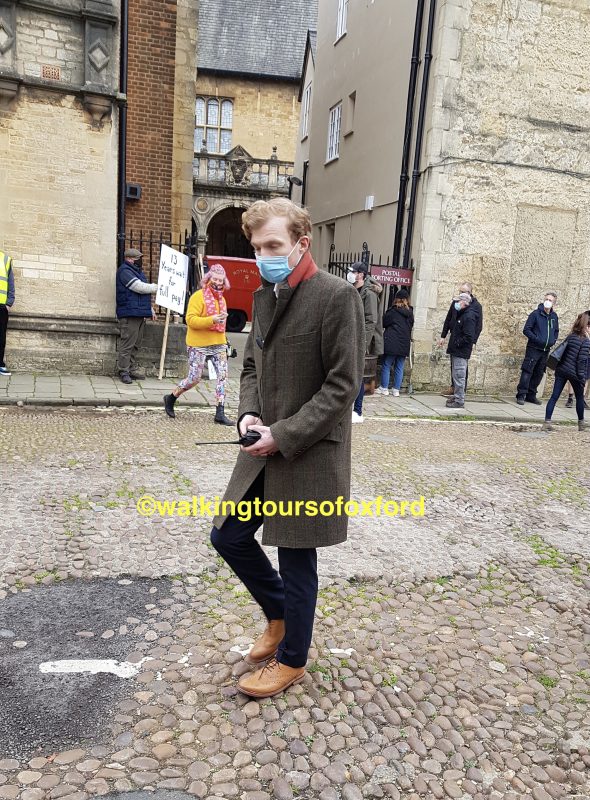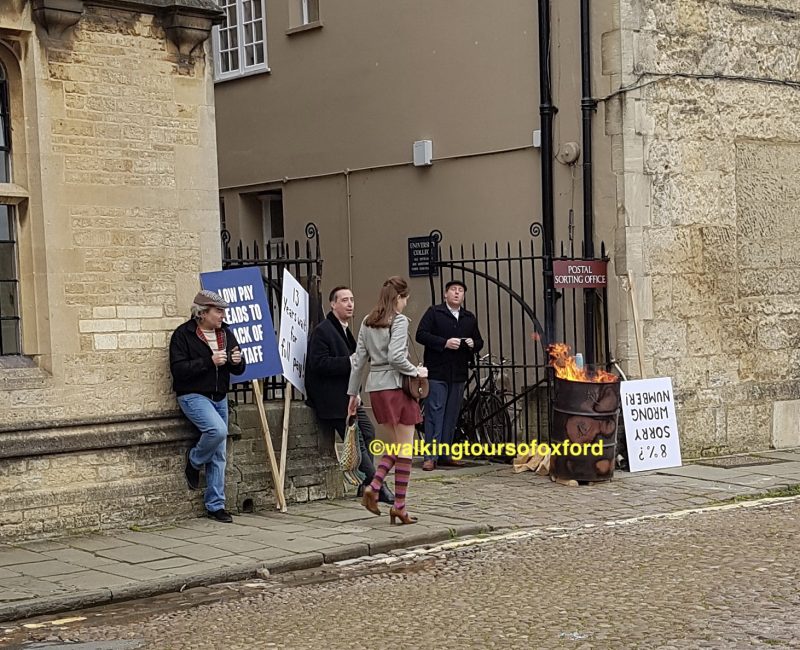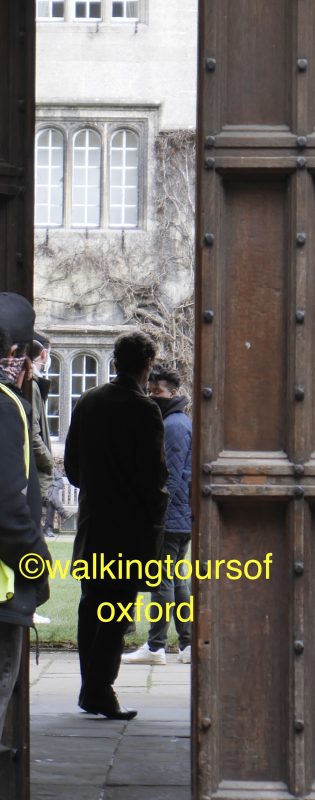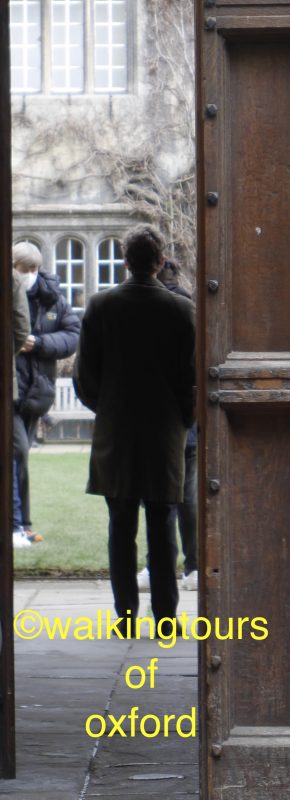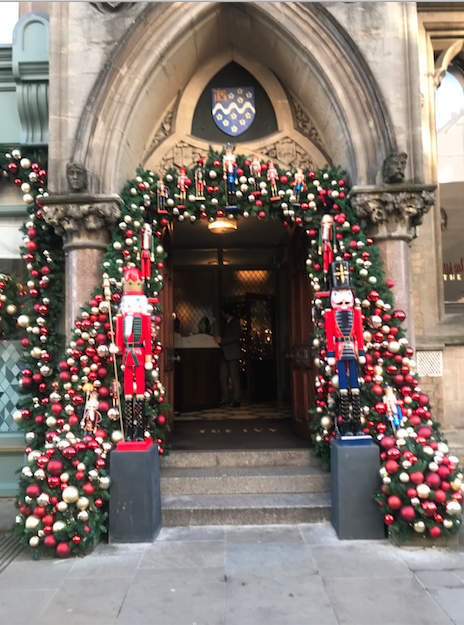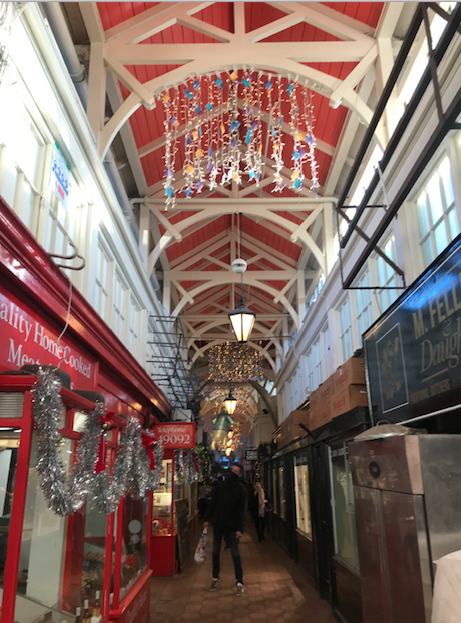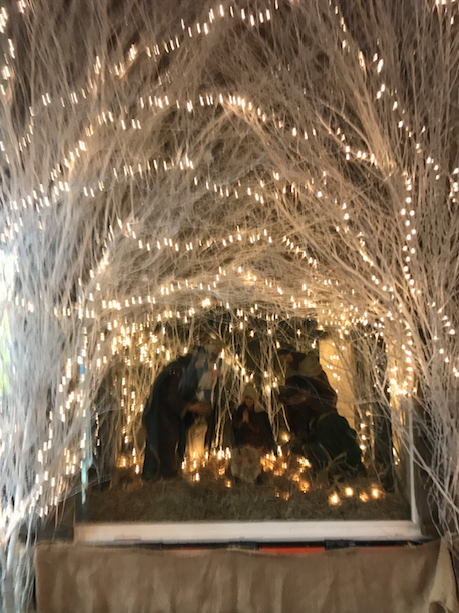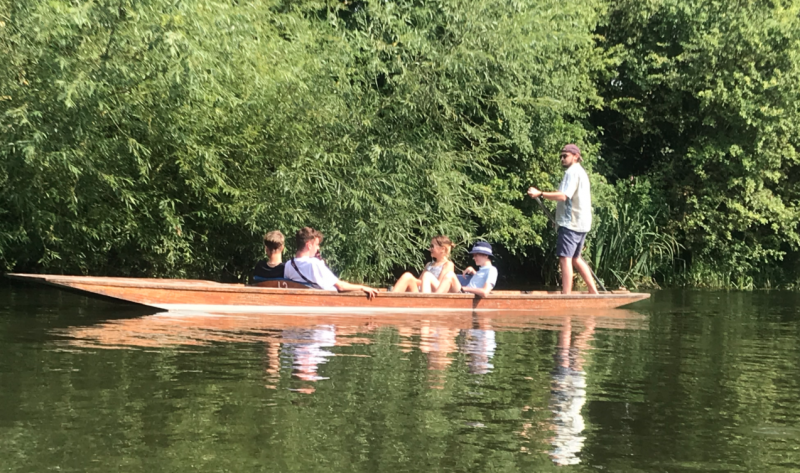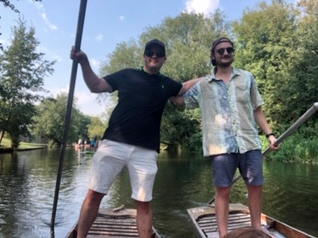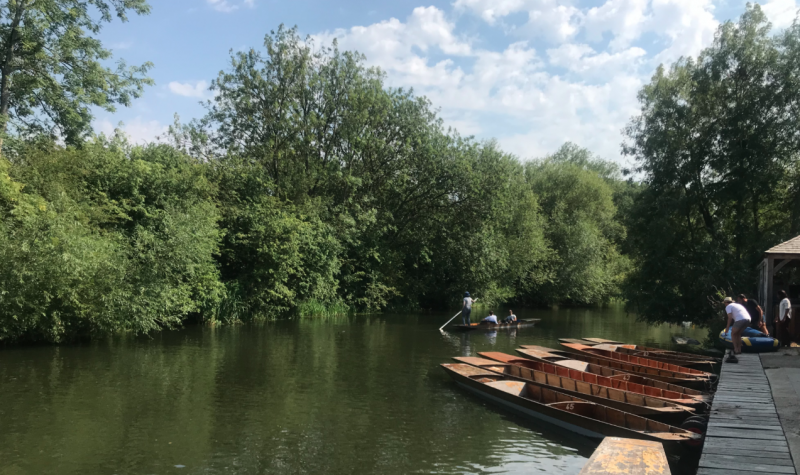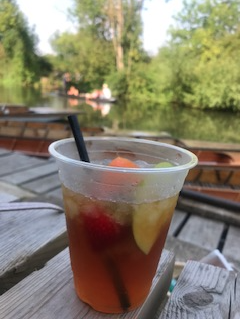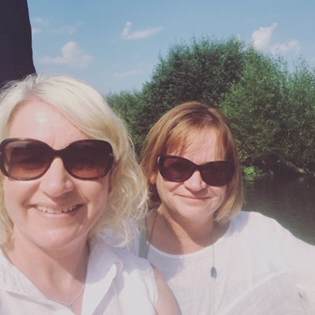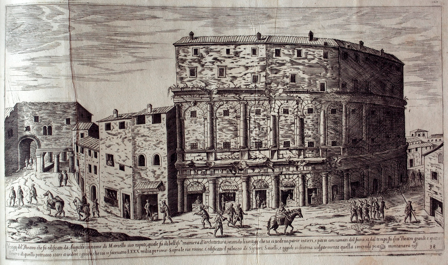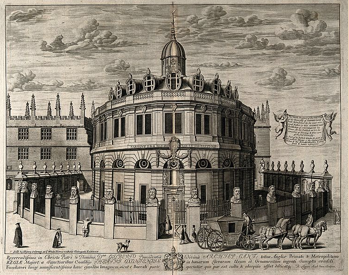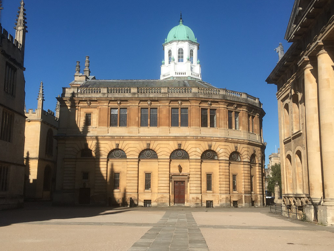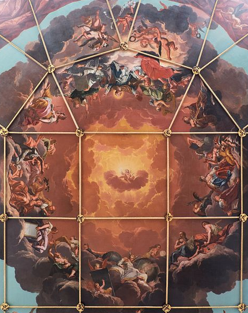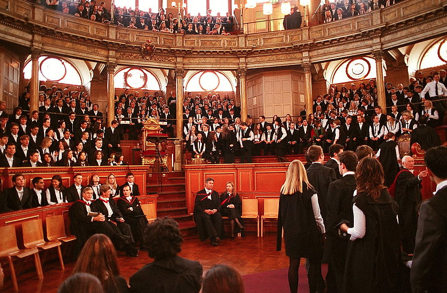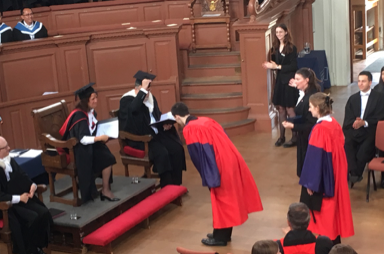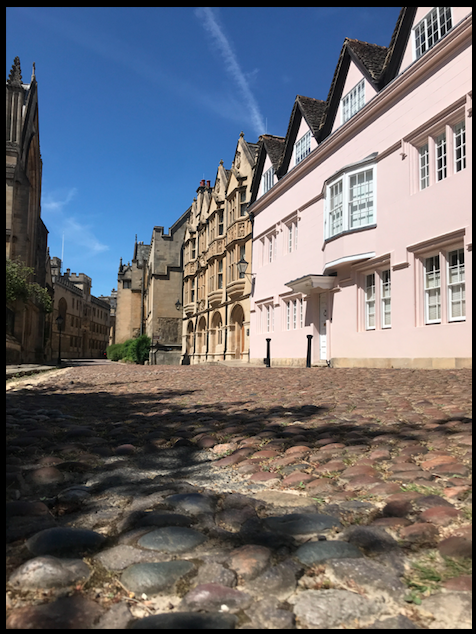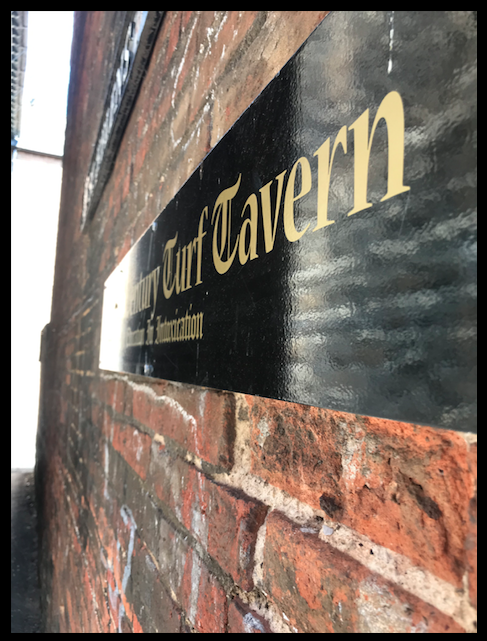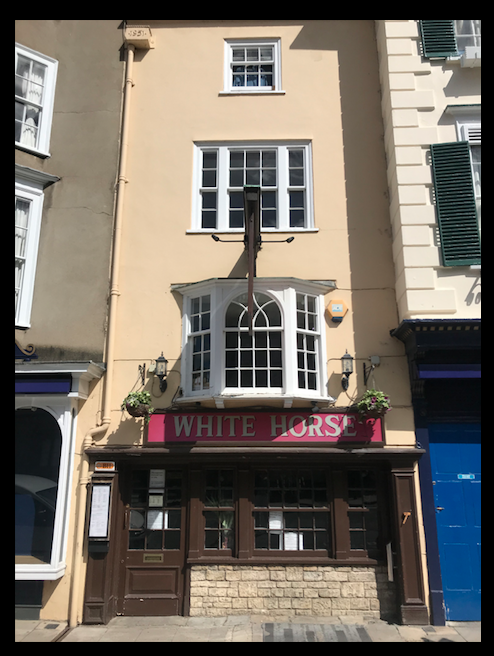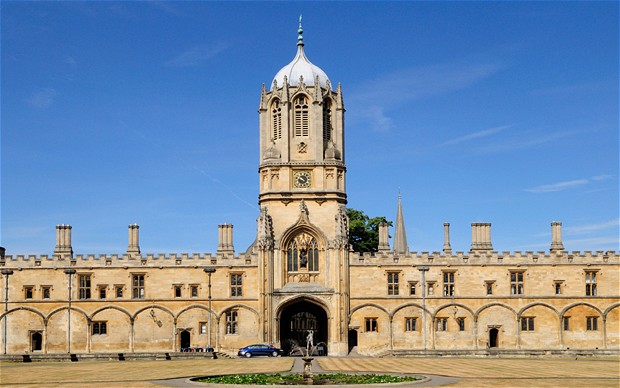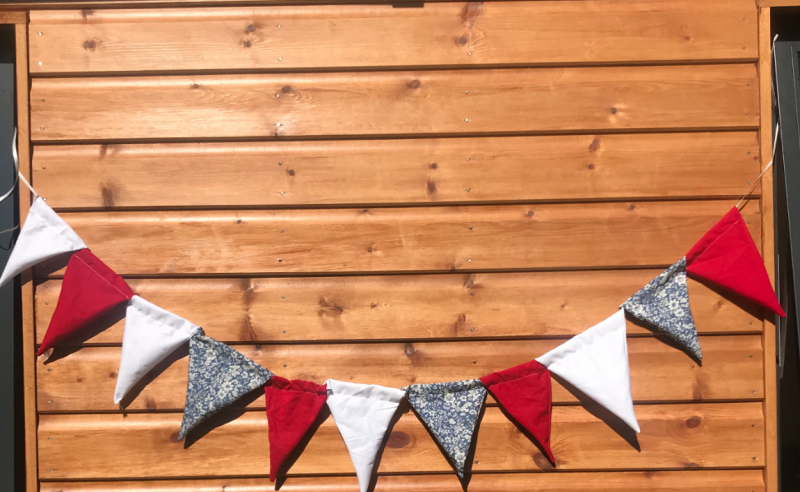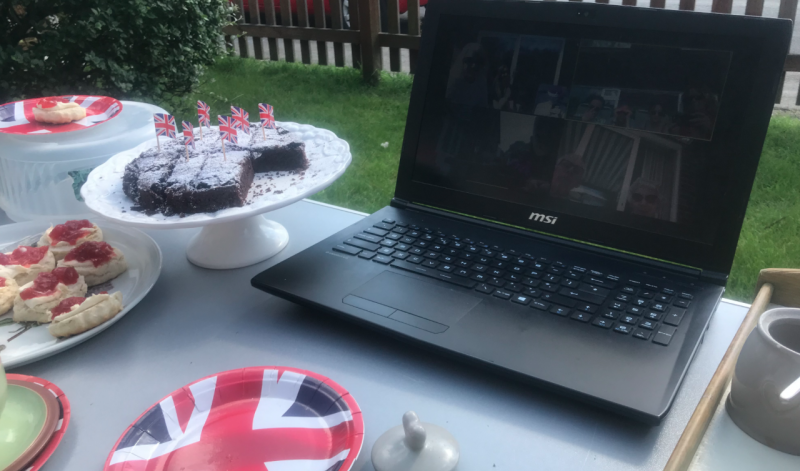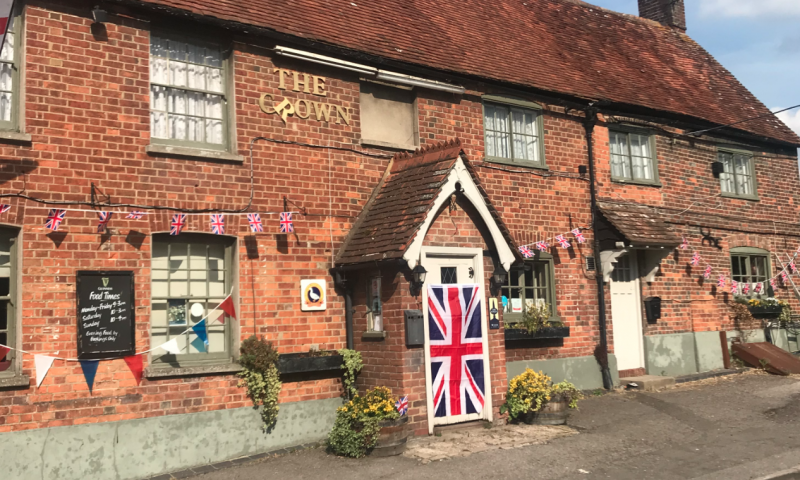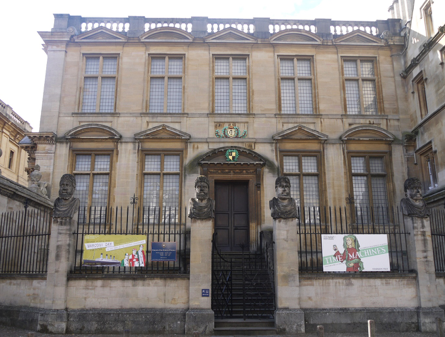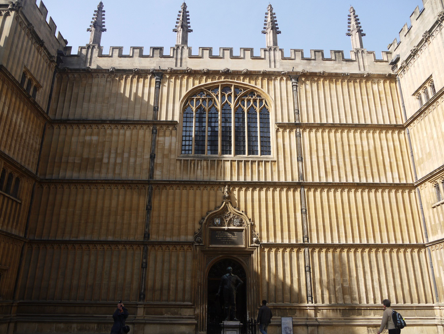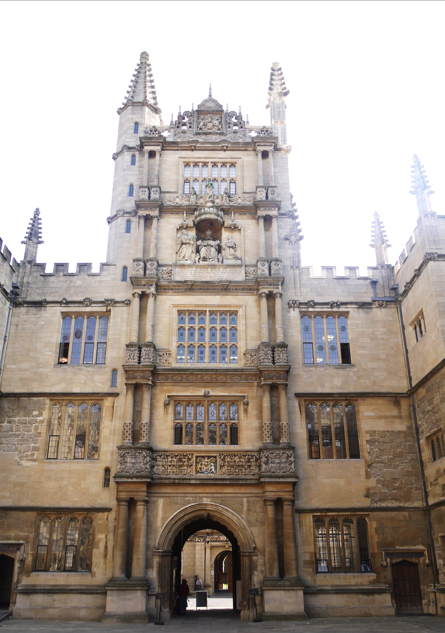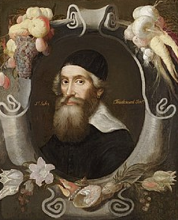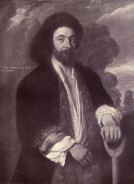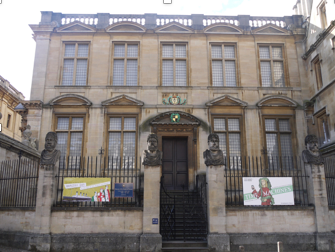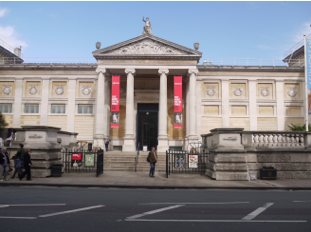All photos are copyright ©walkingtoursofoxford, please do not share individual photos but you are welcome to share the link to this post so that everyone can see!
It was interesting to see all the positive comments and eager anticipation for Endeavour season 8 as it began filming last week.
Reading some of the comments and thoughts, it would seem many people share my view that this will be the last season. That is a bitter pill to swallow as we will miss our Endeavour but I have high hopes that the writing, casting, directing …. will all be as magnificent as always. I could be wrong, I hope that I am but remember there was 33 Morse episodes, 33 Lewis and after these 3 that will bring is to 33 Endeavour. What are your thoughts? Do post in the comments below as I would love to hear from you.
My concern is that it can’t end well. We never hear of Fred Thursday in Morse later so I fear something will happen to him. I have been rewatching Endeavour over lockdown 3 and it has been gripping, when watching in close succession to see Fred and Endeavour relationship become close and then begin to wane.
I have just rewatched Coda (season 3. Episode 4) of Endeavour which has some superb acting. What jumped out at me this time was, when Endeavour and Joan are caught up in the bank raid and she is trying to conceal her identity. They ask her for her name, thinking on the spot she says ‘Joan Strange’. There is some speculation that Joan will marry Jim Strange, is this a hidden message?
Also, as we move forward is anyone else thinking that this will be the first without Barrington Pheloung? I am feeling a little melancholy. I was lucky enough to meet Barrington some years ago at Colin Dexters memorial service and he was a lovely chap. The Morse universe will miss him.
Mind how you go!
Heidi x
